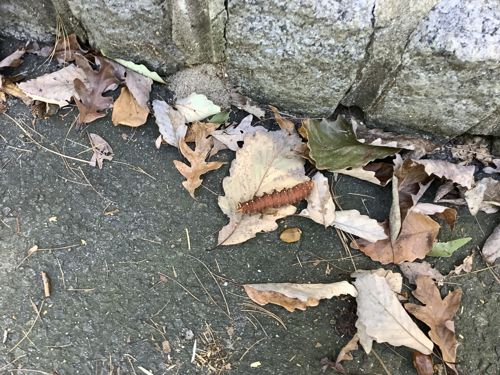Rosy Maple Moth Caterpillar
Scientific Name: Dryocampa rubicunda
Order & Family: Lepidoptera, Saturniidae
Size: Larvae (caterpillars) typically reach 1.5 to 2 inches (3.8 to 5 cm) in length.

Natural Habitat
Deciduous forests and woodlands, particularly where maple trees are abundant.
Diet & Feeding
The caterpillars are primarily defoliators, feeding on the leaves of maple trees (Acer species), especially red maple, silver maple, and sugar maple. They may also feed on oak leaves.
Behavior Patterns
Rosy Maple Moth caterpillars are usually solitary feeders. They go through five instars (growth stages) before pupating. When disturbed, they may curl up or drop from the leaf. They typically pupate in shallow underground chambers or in leaf litter, overwintering as pupae.
Risks & Benefits
Generally, these caterpillars pose no significant risk to humans as they are not venomous or known to cause severe allergic reactions. They are part of the natural forest ecosystem and serve as a food source for various birds and other predators. While large infestations can cause defoliation of maple trees, this rarely leads to the death of healthy trees. They are largely considered beneficial as pollinators in their adult moth stage, although their primary importance is as part of the food chain.
Identified on: 10/6/2025